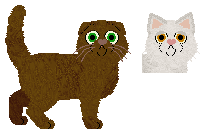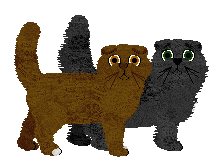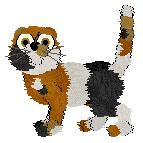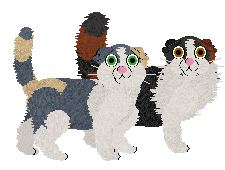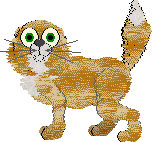The Scottish Fold occurred as a spontaneous mutation in farm cats discovered near Coupar Angus in Tayside, Scotland. Developed through crosses to the British and American Shorthairs as well as to further local Scottish cats, all true Scottish Folds trace their ancestry back to Susie, the first folded-ear cat discovered by the breed founders, William and Mary Ross. Today’s Fold is a hardy cat, with a sweet disposition that matches their expression. They have tiny voices that they rarely use, but can be opinionated when they need to be. They enjoy human companionship and easily adapt to new situations.
The Scottish Fold is one of a very few number of breeds who have a health requirement on their show standard, asking for flexible ear cartilage and a flexible tail. While the ears may seem obvious, the flexible tail requirement is there to ensure that the cat does not have osteochrondrodysplasia (OCD), a potentially lethal disease where cartilage stiffens and fuses together. Because of this, all show Folds are bred from one folded-ear parent and one straight-eared parent, and the Scottish Fold is not accepted in several European organizations including Britain’s GCCF due to health concerns. The straight-eared cats, known as Scottish Straights, are only eligible for show in some organizations, but they are absolutely essential to the continuation of the breed.
Type & judging remarks
The ears should be folded tight to the head, giving them what some judges call the “baseball head”. They have a very sweet expression, which the ears emphasize. Despite their parentage, they are not an excessively cobby cat and are of a medium type with a well-rounded appearance. Flexibility of tail desirable.











 in any amount. The Ubi Soft file may have a white tailtip with slight fault.
in any amount. The Ubi Soft file may have a white tailtip with slight fault.





